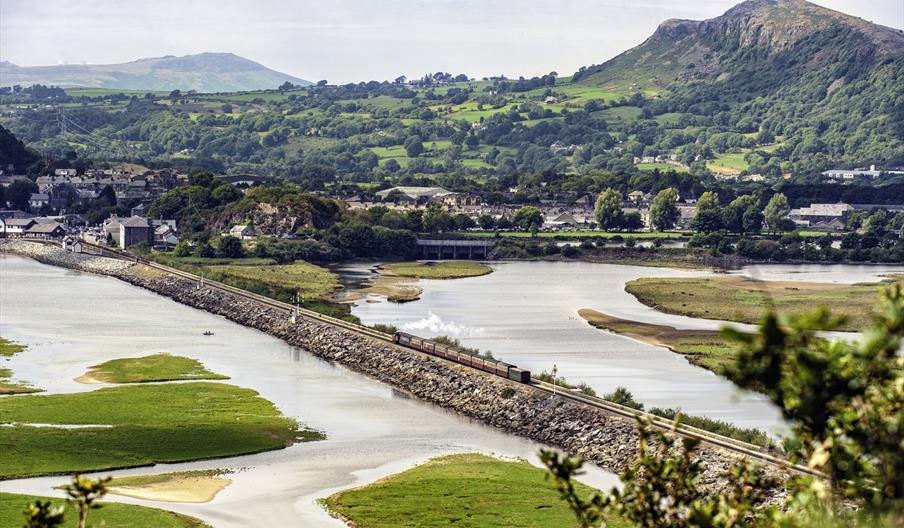
Book Tickets Online
About
Porthmadog is a busy coastal town (population around 4,200) with a harbour, a good range of shops and attractions (including nearby Portmeirion) and no less than three narrow-gauge railways - the Ffestiniog (running to Blaenau Ffestiniog), the shorter Welsh Highland Heritage (with its excellent hands-on railway museum) and the similarly named but separate Welsh Highland (running all the way to Caernarfon).
Trains were not the only mode of transport in Porthmadog’s history as an important hub based on the slate industry. The town’s Maritime Museum tells the story of the town’s rapid 19th-century growth into a thriving slate exporting and shipbuilding port for handsome three-masted schooners.
Porthmadog came into existence after The Cob sea wall was built in 1811 to reclaim a large proportion of the beach from the sea for agricultural use. The diversion of the river caused it to scour out a new natural harbour deep enough draught for small ocean-going sailing ships. The first public wharves were built in 1825 and slate was carted from Ffestiniog down to the quays by river boats for transfer to seagoing vessels.
In the second half of the 19th century Porthmadog was a flourishing port and slate was now transported to by tramways and the Ffestiniog Railway and by 1873 over 116,000 tons were exported in more than a thousand ships. Porthmadog's role as a commercial port, already reduced by the opening of the Aberystwyth and Welsh Coast Railway in 1867, was effectively ended by the First World War, when the lucrative German market for slate disappeared. The 19th century wharves still survive, but the slate warehouses have been replaced by holiday apartments, and the harbour is used by leisure yachts.
Map & Directions
Road Directions
West on the A487 through Penrhyndeudraeth and straight on at the roundabout (signed for Porthmadog).




 to add an item to your Itinerary basket.
to add an item to your Itinerary basket.





